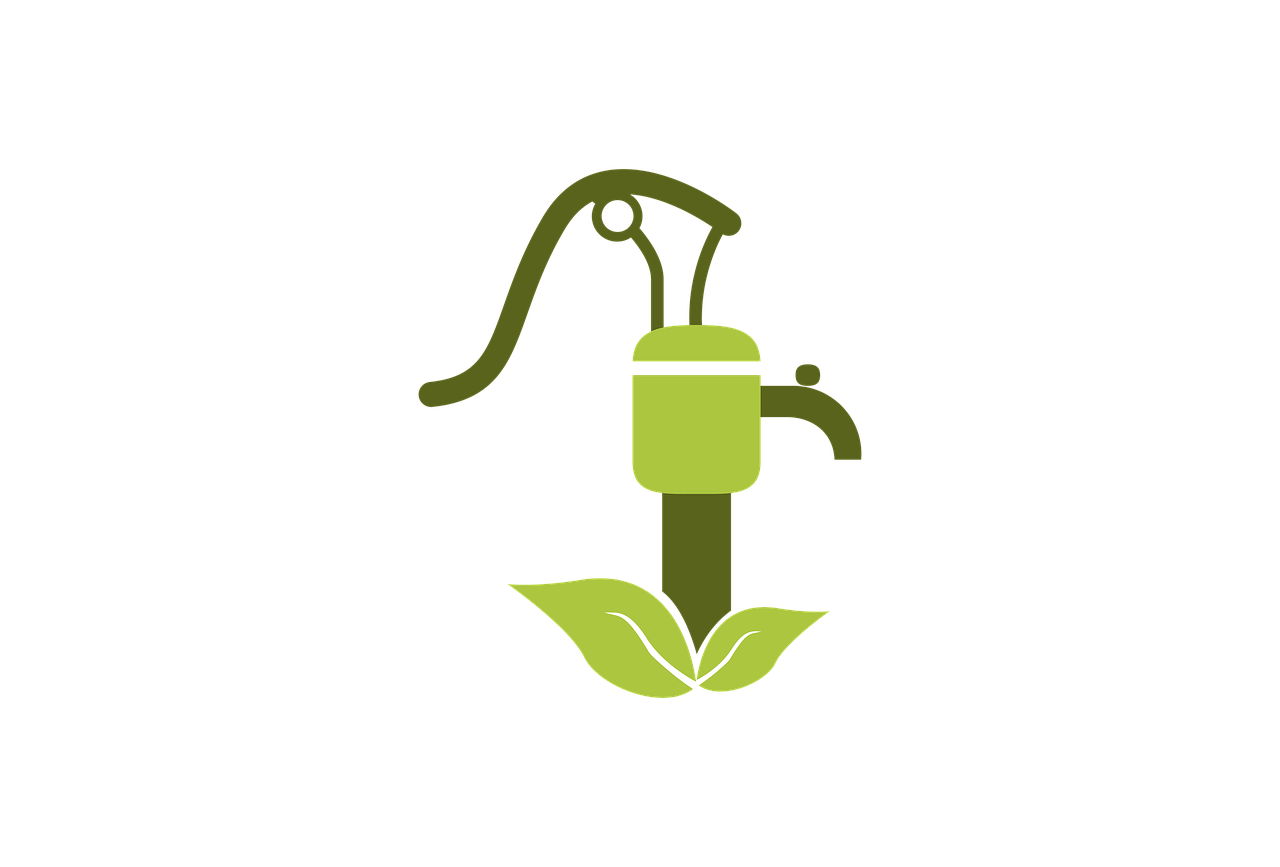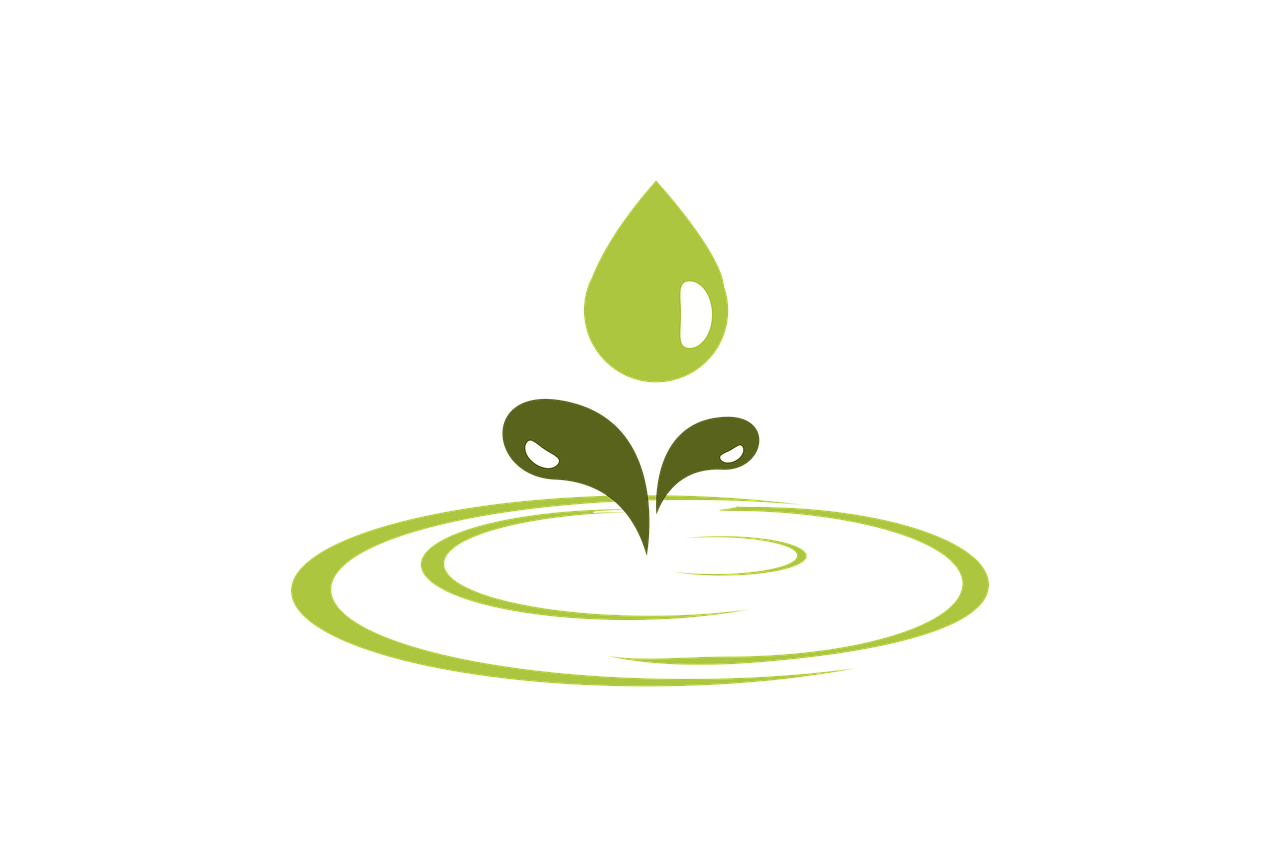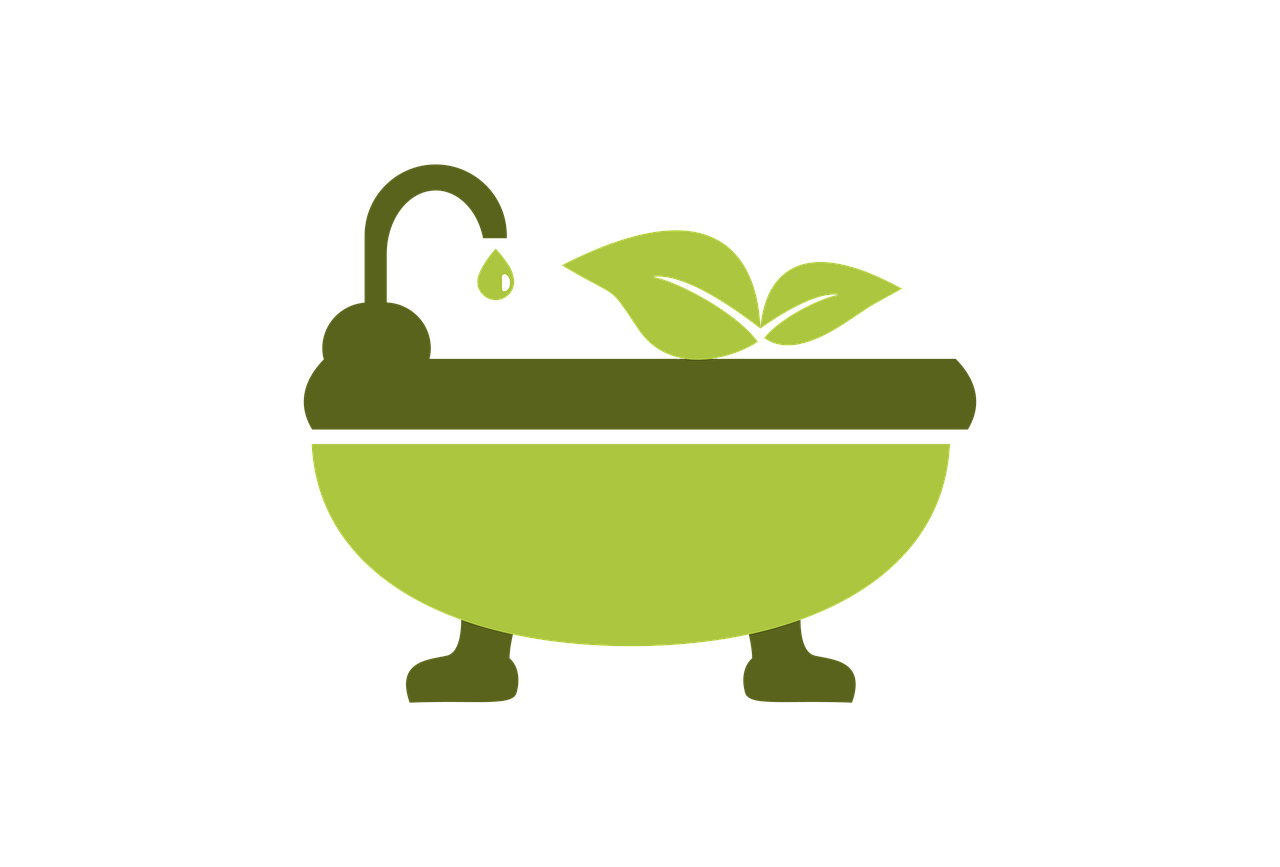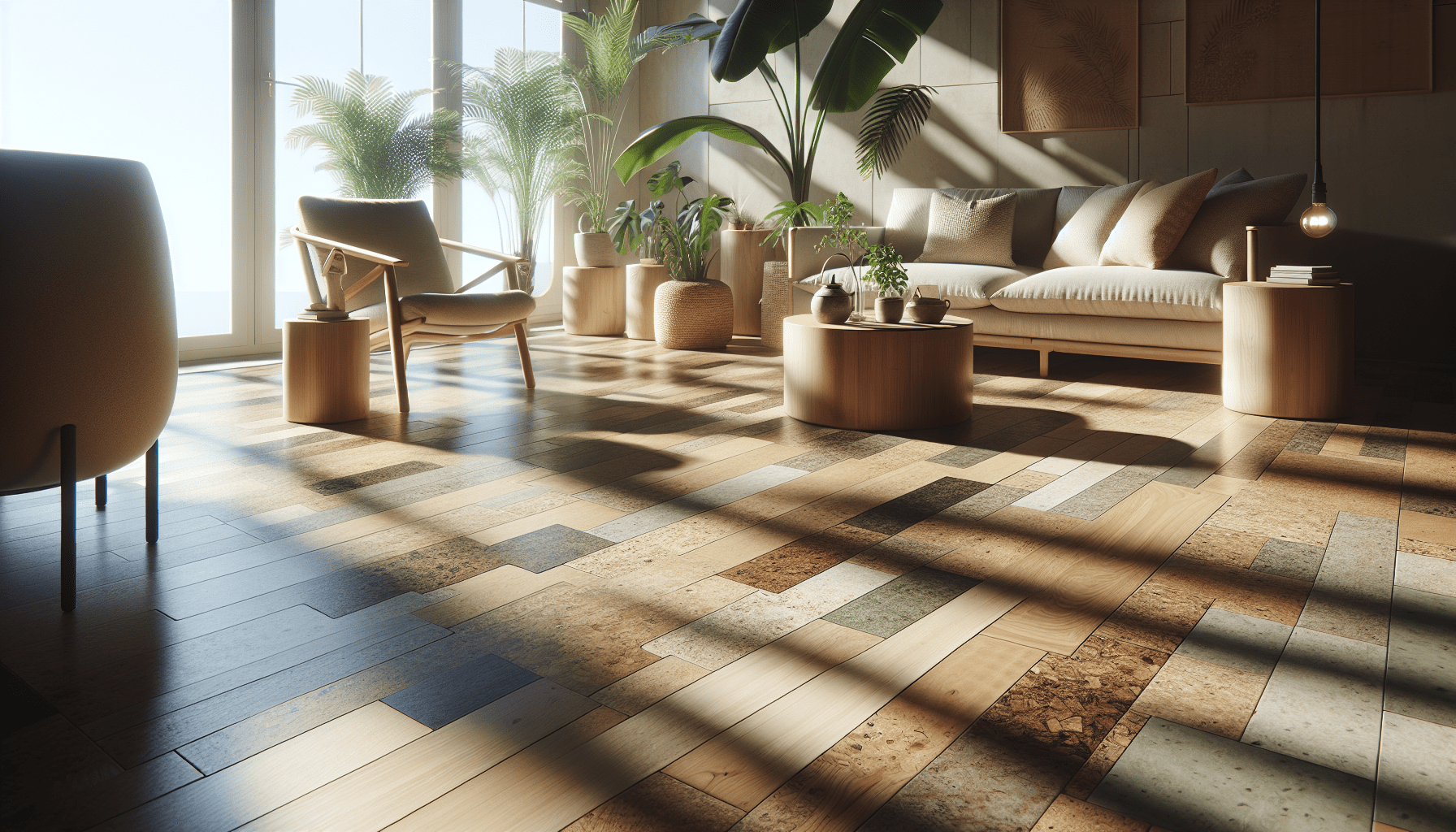What are the best sustainable flooring options? We’ve often asked ourselves this question as we strive to make our homes more eco-friendly and stylish. When it comes to creating a sustainable living space, choosing the right flooring is crucial. Not only does it impact the look and feel of our home, but it also affects the environment. In this article, we’ll walk you through some of the best sustainable flooring options available today.
Why Choose Sustainable Flooring?
Choosing sustainable flooring is more than a trend; it’s a lifestyle choice that benefits both our homes and the planet. Sustainable flooring options are made from renewable resources and have a smaller environmental footprint. We should also consider factors such as the durability and lifecycle of the flooring, as these impact overall sustainability. Let’s explore some of the top choices together.
Bamboo Flooring
Bamboo flooring is one of the more popular sustainable options, and for good reason. Bamboo is a fast-growing grass that can be harvested in three to five years, much quicker than traditional hardwood trees.
Benefits of Bamboo Flooring
- Renewable Resource: Bamboo grows quickly and can be replanted easily.
- Durability: It’s as hard, if not harder, than many types of hardwood, making it a long-lasting option.
- Aesthetic Appeal: Bamboo flooring offers a sleek and modern look, available in various shades.
Drawbacks of Bamboo Flooring
While bamboo is a great option, it’s not without its downsides. Some bamboo flooring can contain high levels of formaldehyde in its adhesive, which can impact indoor air quality. Additionally, bamboo is often transported long distances, increasing its carbon footprint.

Cork Flooring
Cork flooring is another sustainable choice, and its production involves harvesting the bark from cork oak trees, which continue to live and grow after harvesting.
Benefits of Cork Flooring
- Biodegradable: Cork is a natural and biodegradable material.
- Comfort: It’s resilient and comfortable underfoot, providing a softer surface.
- Insulation: Offers both thermal and acoustic insulation, helping to reduce energy costs and noise.
Drawbacks of Cork Flooring
Cork can be susceptible to moisture and may not be the best choice for wet areas like bathrooms. It also requires regular maintenance, including sealing.
Reclaimed Wood Flooring
Reclaimed wood flooring repurposes old wood from factories, barns, and other structures, giving it a second life in our homes.
Benefits of Reclaimed Wood Flooring
- Character: Each piece of reclaimed wood has a unique history, adding character to our home.
- Resource Efficiency: Utilizes existing materials, reducing the need for new wood harvesting.
- Durability: Often more durable because older wood were typically harvested from mature trees.
Drawbacks of Reclaimed Wood Flooring
The main drawback is the potential for variability in the wood quality. It may also be more expensive due to the labor-intensive process of reclaiming and preparing the wood.

Linoleum Flooring
Linoleum is a classic and sustainable flooring option made from natural materials like linseed oil, cork dust, and wood flour.
Benefits of Linoleum Flooring
- Eco-Friendly: Made from natural, biodegradable materials.
- Durable: Can last up to 40 years with proper care.
- Color Options: Available in a wide range of colors and patterns.
Drawbacks of Linoleum Flooring
One potential drawback is its initial cost, which can be higher than other flooring types. It is also susceptible to moisture damage if not sealed properly.
Recycled Glass Tile Flooring
Recycled glass tile flooring is an innovative and eco-friendly option, made from recycled glass bottles and other glass materials.
Benefits of Recycled Glass Tile Flooring
- Innovative Design: Offers unique and customizable patterns.
- Durability: Extremely durable and resistant to stains and scratches.
- Easy Maintenance: Simple to clean and maintain.
Drawbacks of Recycled Glass Tile Flooring
The main drawback is that it can be cold and hard underfoot. It may also require more energy to produce compared to other sustainable options.

Wool Carpet Flooring
For those of us who prefer carpet, wool is a natural and sustainable choice. Wool carpets are made from sheep’s wool, which is renewable and biodegradable.
Benefits of Wool Carpet Flooring
- Natural Fiber: Made from a renewable resource.
- Durability: Naturally resilient and can last for decades.
- Comfort: Soft and warm underfoot.
Drawbacks of Wool Carpet Flooring
Wool can be more expensive than synthetic carpets. It’s also more susceptible to stains and requires regular cleaning.
Concrete Flooring
Concrete might not be the first material we think of for home flooring, but polished concrete floors are incredibly sustainable and stylish.
Benefits of Concrete Flooring
- Durability: Extremely long-lasting and can withstand heavy use.
- Thermal Mass: Helps maintain indoor temperatures, reducing energy use.
- Low Maintenance: Easy to clean and maintain.
Drawbacks of Concrete Flooring
Concrete can be cold and hard underfoot and may require additional treatments to prevent cracking.

Rubber Flooring
Made from recycled tires, rubber flooring is an innovative and sustainable choice often used in gyms and schools but increasingly popular in homes.
Benefits of Rubber Flooring
- Recycling: Utilizes recycled materials, reducing waste.
- Durability: Resistant to wear and tear, making it ideal for high-traffic areas.
- Comfort: Soft and shock-absorbent underfoot.
Drawbacks of Rubber Flooring
Rubber can be more expensive and may have a distinct smell initially. It also comes in limited design options.
Comparing Sustainable Flooring Options
To help us choose the best sustainable flooring, let’s compare the options based on various factors:
| Flooring Type | Durability | Cost | Maintenance | Eco-Friendliness | Comfort |
|---|---|---|---|---|---|
| Bamboo | High | Moderate | Low | High | Moderate |
| Cork | Moderate | Moderate | Moderate | High | High |
| Reclaimed Wood | High | High | Moderate | High | Moderate |
| Linoleum | High | Moderate | Low | High | Moderate |
| Recycled Glass Tile | High | High | Low | High | Low |
| Wool Carpet | Moderate | High | High | High | High |
| Concrete | High | Low | Low | Moderate | Low |
| Rubber | High | Moderate | Low | High | High |

Making a Decision
Choosing the right sustainable flooring involves considering our specific needs and preferences. Here are some factors to help guide our decision:
- Budget: Determine how much we are willing to invest in our flooring.
- Use Case: Consider the room where the flooring will be installed and its typical use.
- Maintenance: Evaluate how much time and effort we can dedicate to maintenance.
Conclusion
Incorporating sustainable flooring into our homes is a fantastic way to enhance the aesthetic appeal of our spaces while making environmentally responsible choices. Each option we’ve explored—bamboo, cork, reclaimed wood, linoleum, recycled glass tile, wool carpet, concrete, and rubber—offers distinct benefits and drawbacks. Ultimately, the best choice will depend on our specific needs, budget, and personal preferences. By choosing sustainable flooring, we’re not only creating beautiful spaces but also contributing to a healthier planet for future generations.



